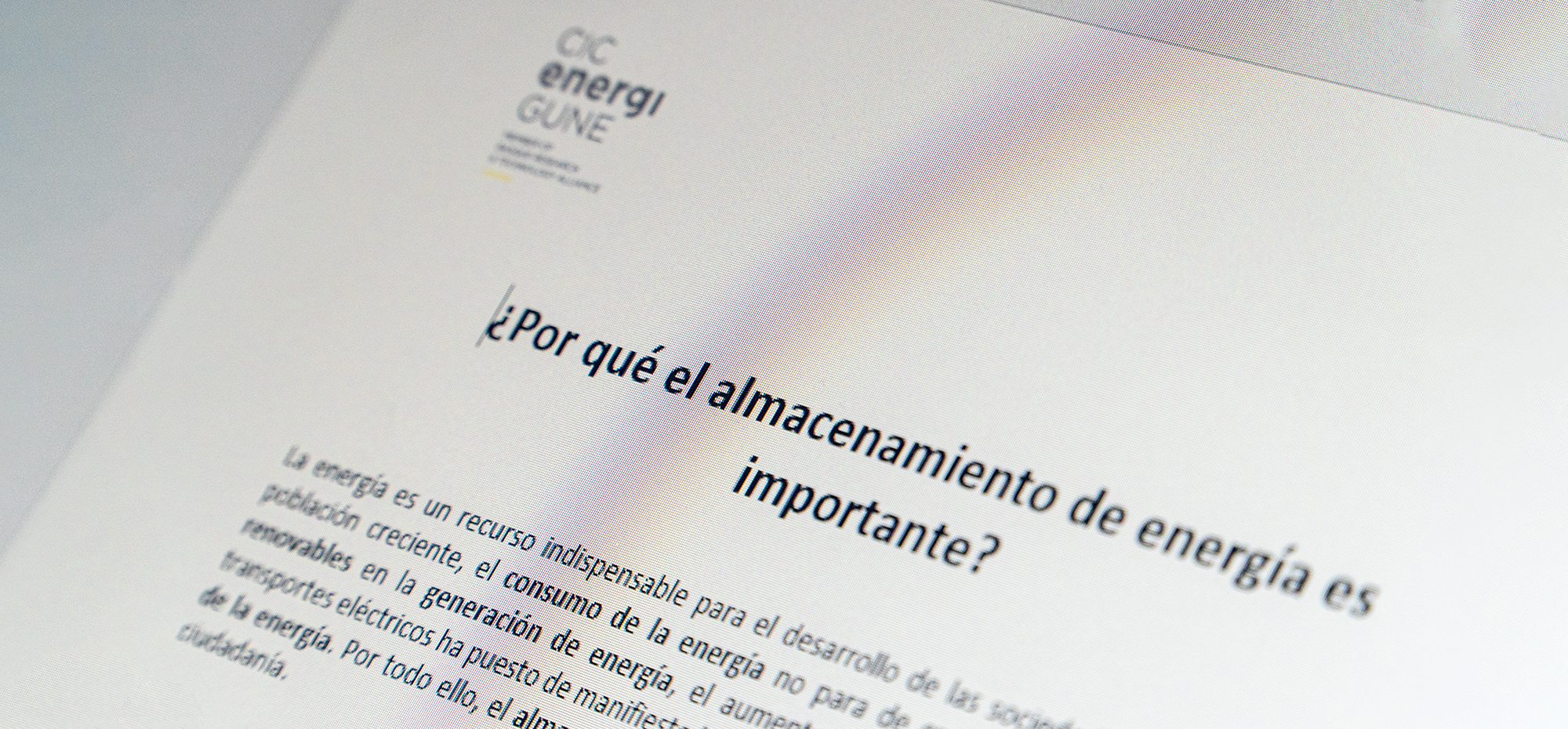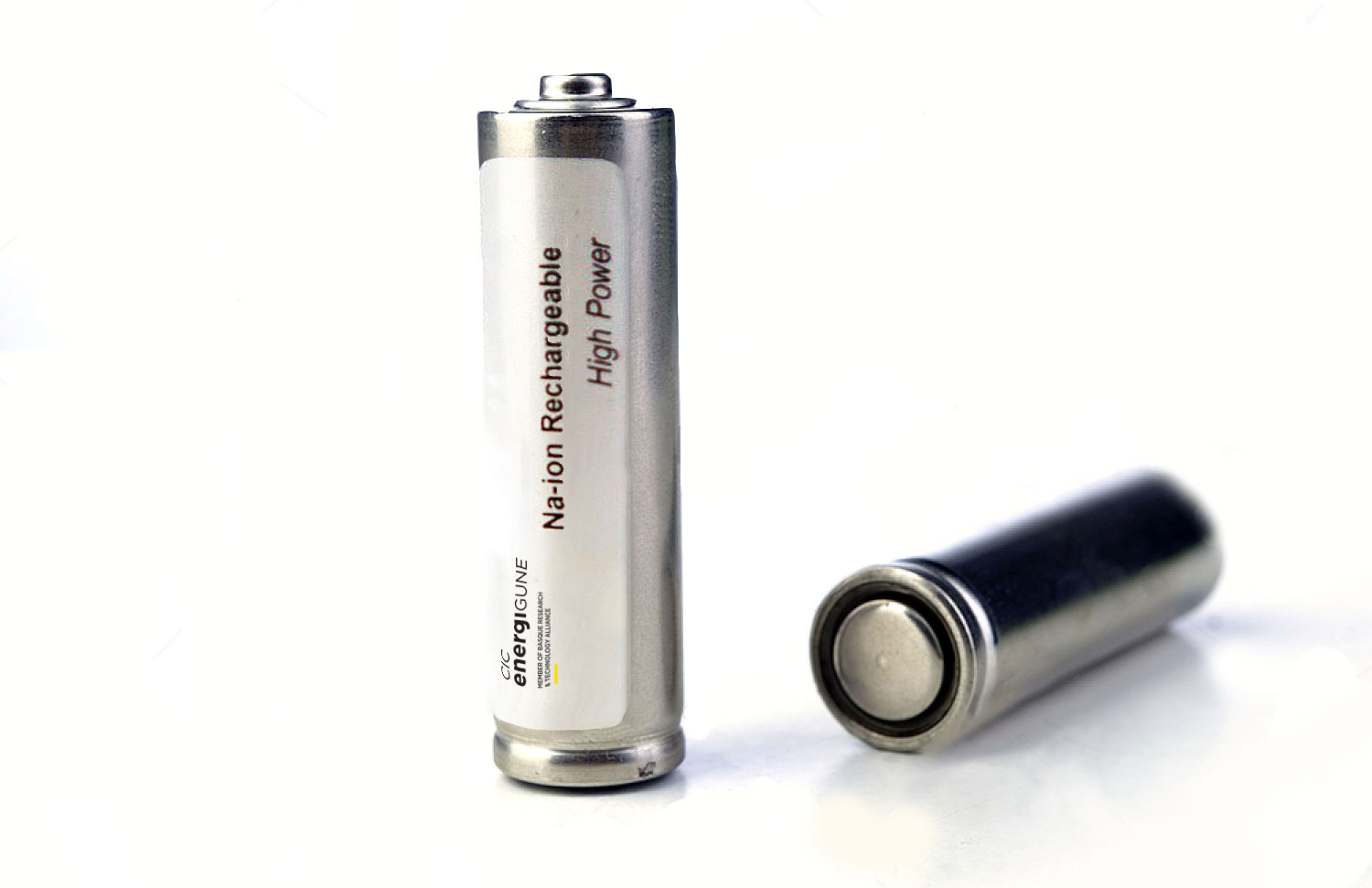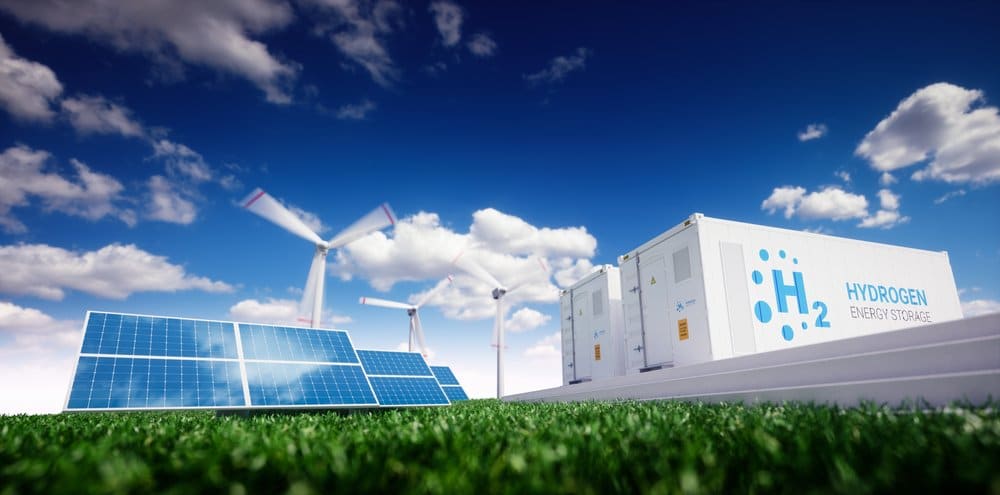The challenges we face are enormous, both in terms of public health and the economy. According to Science magazine, we are facing two overlapping crises: the COVID-19 crisis and the climate emergency. The only good news is that the decline in economic activity is leading to a decrease in air pollution levels and greenhouse gas emissions.
But climate change is there, and it is not going to go away.
The correct reading is not that the inactivity of the industry is the lever to overcome climate change. On the contrary, the correct interpretation is that industrial and technological development must accompany climate change.
Leading experts say this is a window of opportunity to accelerate the energy transition through disruptive technologies that will make nations more competitive. It is the only formula to emerge stronger from this situation.
In this sense, the world economic forum recommends using part of the crisis recovery funds to promote capacities in clean energy, energy storage, electric vehicles and new business models based on digitalization. These are four essential levers to be considered for economic and sustainable recovery.
Without a doubt, the new energy storage technologies in which CIC energiGUNE is a valuable player will be crucial in this new scenario.
Fatih Birol, Director of the International Energy Agency, explains this in a recently published article; Mr. Birol points out that the crisis of 2008 helped those countries that did bet on the development of technologies related to solar photovoltaic and wind energy to gain competitiveness and market share. Today, both technologies are available at an affordable price.
Learning from these lessons from the previous 2008 crisis, Birol points to where the following technology development efforts should be focused: towards energy storage.
This is the aim of the European Battery Alliance, of which CIC energiGUNE is a member and which is working together with the large multinationals and European players to build a robust European battery industry by 2025.
In this new scenario, all storage technologies will have their niches of opportunity. We are talking about solid-state batteries for electric vehicles, cheap, safe, and with high energy densities. The researcher who conceptualized this type of cell with solid polymer electrolyte is Professor Michel Armand, one of the most prestigious researchers in the world according to the Clarivariate 2019.











